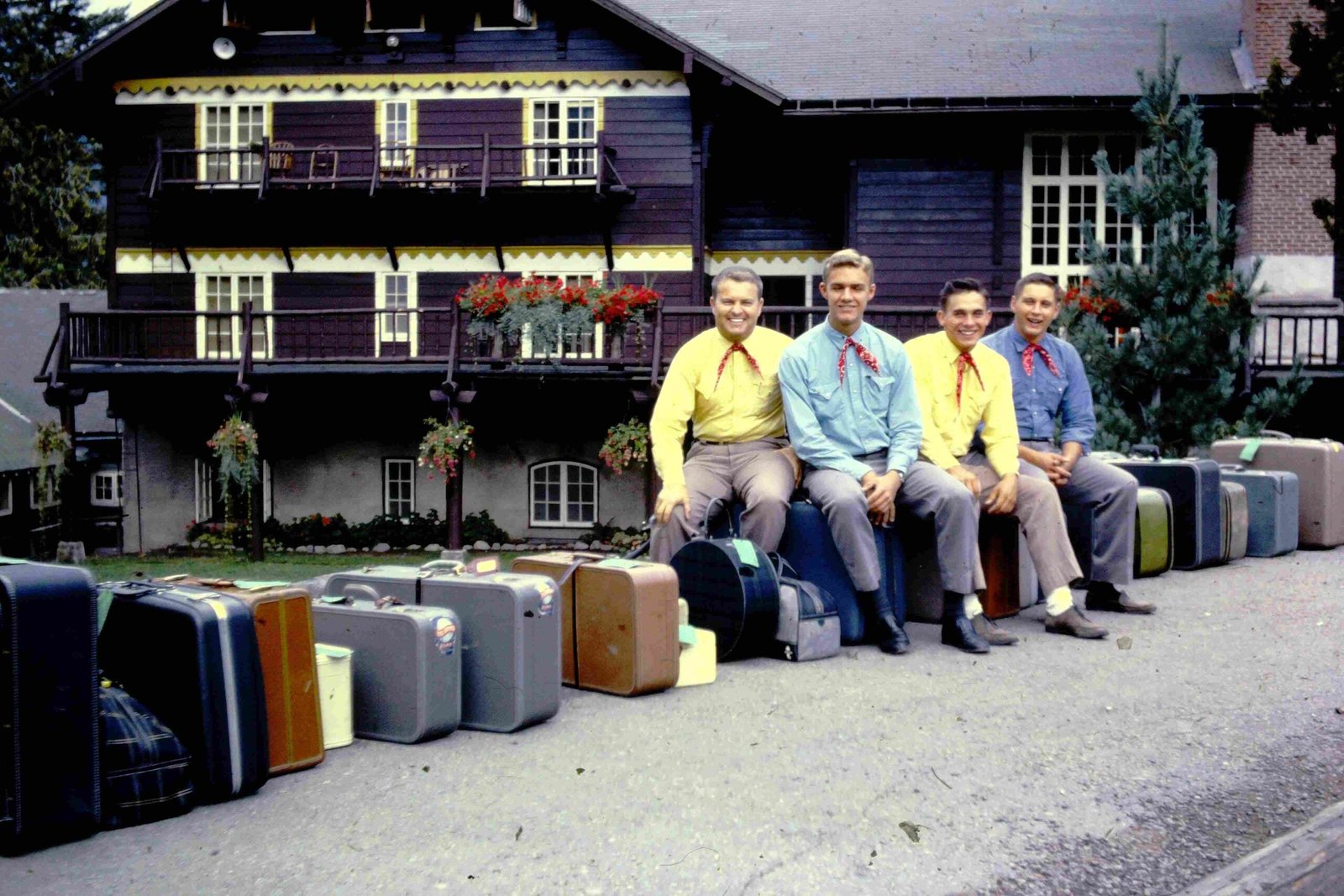Glacier National Park, renowned for its pristine lakes and stunning landscapes, has strict regulations regarding drone usage. Drones are prohibited over lakes and throughout the park to protect wildlife, preserve natural soundscapes, and ensure visitor safety. Despite this restriction, the park’s lakes offer breathtaking views and photographic opportunities from ground level. This article explores drone regulations, hypothetical drone-friendly locations, and alternative ways to capture the beauty of Glacier National Park’s lakes.
What Are the Specific Drone Regulations in Glacier National Park?

Drone usage in Glacier National Park is strictly regulated:
- Recreational drone use is prohibited throughout the park
- The National Park Service (NPS) has enforced these regulations since 2014
- Special use permits are available for specific purposes like scientific data collection
- Permit conditions include:
- No disturbance or harassment of wildlife
- No interference with NPS operations
- Ensuring safe drone operations
These regulations aim to protect the park’s natural environment and visitor experience.
Which Lakes Would Be Best for Drone Photography If It Were Allowed?

While drone photography is currently not permitted, these lakes would offer stunning aerial views if regulations were different:
- Lake McDonald
- GPS Coordinates: 48.6233° N, 113.8867° W
- Features: Turquoise waters, colorful pebble shorelines
-
Surrounding landscape: Rocky Mountains, access to Going-to-the-Sun Road
-
Avalanche Lake
- GPS Coordinates: 48.6542° N, 113.7753° W
- Features: Glacier-fed, clear turquoise water
-
Surrounding landscape: Lush vegetation, scenic hiking trails
-
St. Mary Lake
- GPS Coordinates: 48.7467° N, 113.4375° W
- Features: Second-largest lake in the park
- Surrounding landscape: Dramatic mountain vistas, access to hiking trails
What Makes These Lakes Ideal for Aerial Photography?
Each of these lakes offers unique characteristics that would make them ideal for aerial photography:
| Lake | Unique Features | Photographic Potential |
|---|---|---|
| Lake McDonald | Colorful pebble shorelines, clear waters | Capturing the contrast between shoreline and water |
| Avalanche Lake | Turquoise waters, lush vegetation | Showcasing the interplay of water and surrounding forest |
| St. Mary Lake | Dramatic mountain vistas | Highlighting the scale of the landscape |
How Can Visitors Capture the Beauty of These Lakes Without Drones?
Despite the drone restrictions, visitors can still capture stunning images of Glacier National Park’s lakes:
- Ground-level photography
- Use wide-angle lenses to capture expansive views
-
Experiment with long exposures for smooth water effects
-
Elevated viewpoints
- Hike to higher ground for panoramic shots
-
Use telephoto lenses to compress distant landscapes
-
Boat tours
- Many lakes offer scenic boat tours for unique perspectives
-
Capture reflections and shoreline details from water level
-
Time-lapse photography
- Set up a tripod to capture changing light conditions throughout the day
What Are the Logistical Considerations for Visiting These Lakes?
When planning a visit to Glacier National Park’s lakes, consider the following:
- Parking facilities:
- Lake McDonald Lodge parking area
- Avalanche Lake trailhead parking
-
St. Mary Visitor Center parking
-
Transportation options:
- Personal vehicles
- Park shuttle services
- Hiking trails
-
Boat tours
-
Seasonal challenges:
- Winter: Snow can limit access to certain areas
- Summer: Peak season brings increased visitor traffic
How Does the Park’s Ecosystem Benefit from Drone Restrictions?
The prohibition of drones in Glacier National Park serves several ecological purposes:
- Wildlife protection
- Prevents disturbance of nesting birds and other sensitive species
-
Reduces stress on animals unaccustomed to aerial presence
-
Soundscape preservation
- Maintains the natural quiet of the park
-
Allows visitors to experience the authentic sounds of nature
-
Visitor safety and experience
- Eliminates potential accidents from drone malfunctions
-
Preserves the wilderness experience for all park visitors
-
Habitat conservation
- Prevents potential damage to delicate ecosystems from crashed drones
- Maintains the integrity of remote, undisturbed areas
What Alternative Technologies Can Capture Aerial-like Views of the Lakes?
While drones are not permitted, other technologies can provide similar perspectives:
- Satellite imagery
- High-resolution satellite photos offer a bird’s-eye view of the lakes
-
Useful for understanding the overall geography of the park
-
Fixed-wing aircraft photography
- Scenic flights (outside park boundaries) can capture aerial views
-
Professional photographers may obtain special permits for such flights
-
3D mapping and virtual reality
- Advanced mapping technologies create immersive 3D models of the landscape
-
Visitors can explore virtual representations of the lakes and surrounding areas
-
Elevated observation points
- Many hiking trails lead to high vantage points overlooking the lakes
- These natural ‘drone-like’ views offer spectacular photographic opportunities
How Can Photographers Respect Park Regulations While Capturing Stunning Images?
To capture beautiful images while adhering to park regulations:
- Research and plan
- Familiarize yourself with park rules and photography guidelines
-
Identify prime shooting locations in advance
-
Use appropriate equipment
- Invest in quality lenses for varied perspectives
-
Bring a sturdy tripod for stability in challenging terrain
-
Practice ethical photography
- Stay on designated trails to protect vegetation
-
Maintain a safe distance from wildlife
-
Explore alternative angles
- Get creative with low-angle shots near the water’s edge
-
Use natural elements like trees or rocks to frame your shots
-
Embrace the limitations
- Focus on capturing the unique details and intimate landscapes that ground-level photography allows
By following these guidelines, photographers can create stunning images that showcase the beauty of Glacier National Park’s lakes while respecting the park’s ecosystem and regulations.